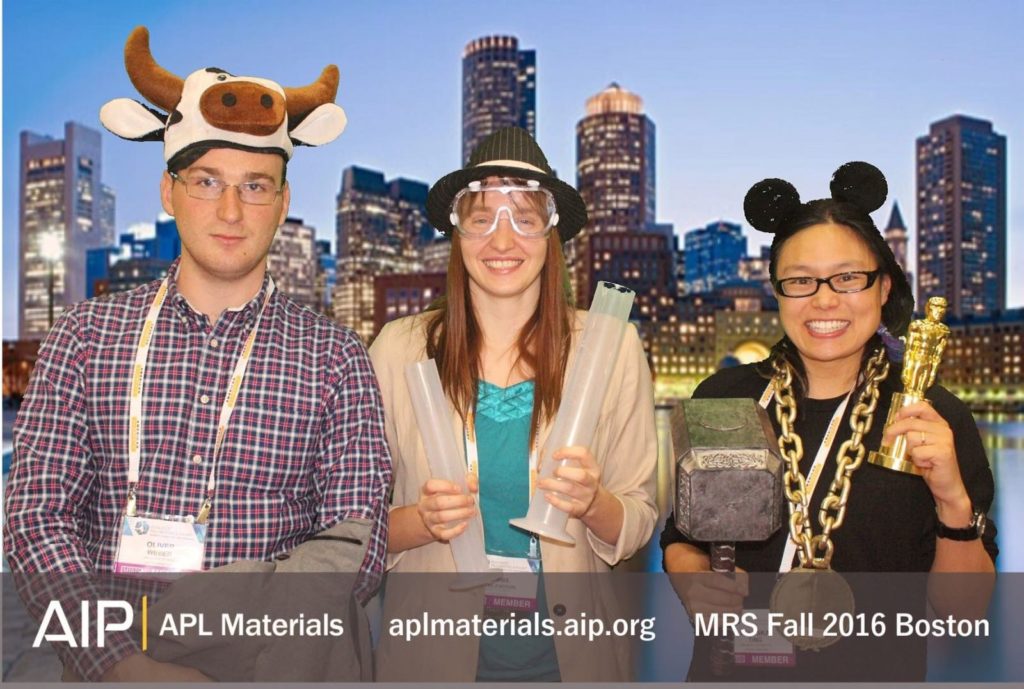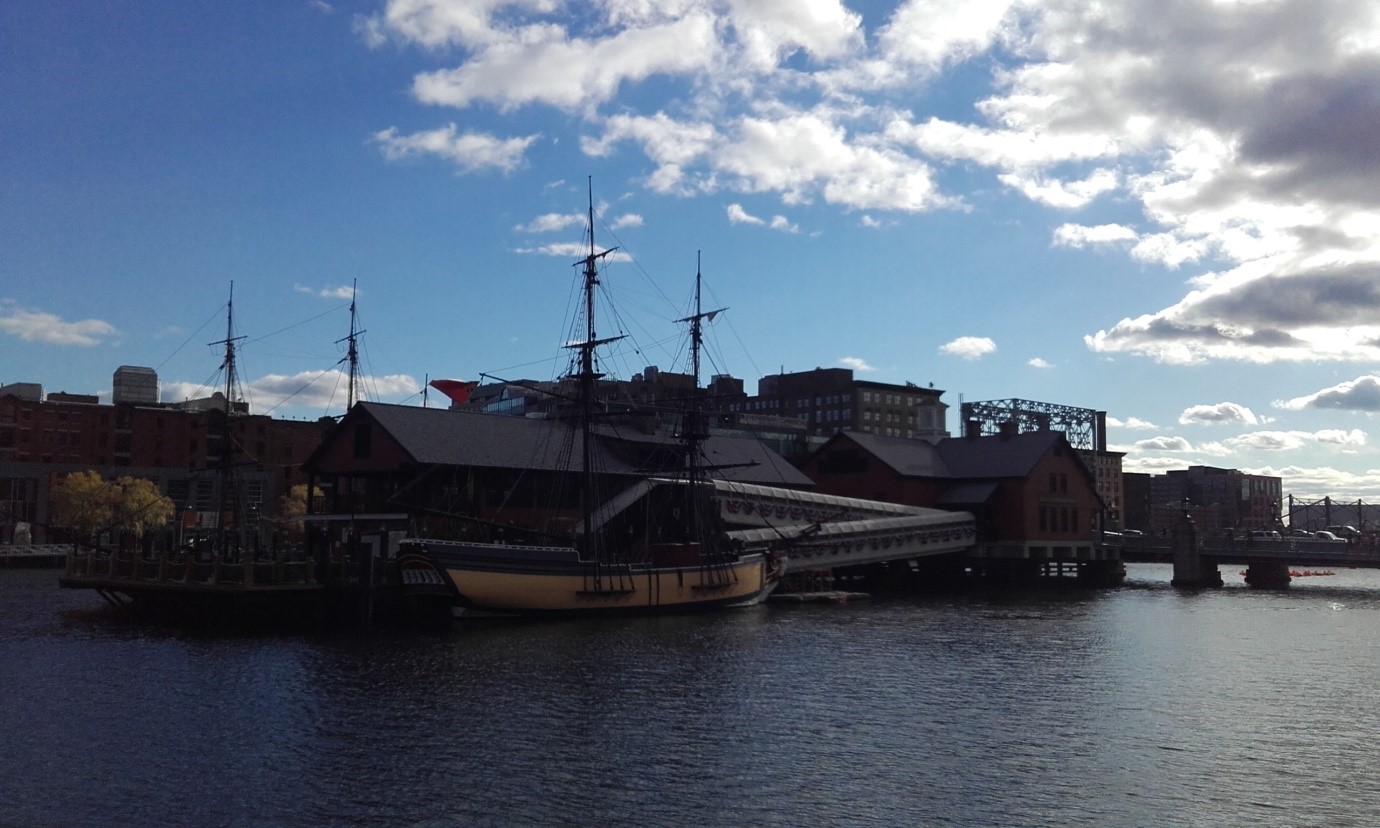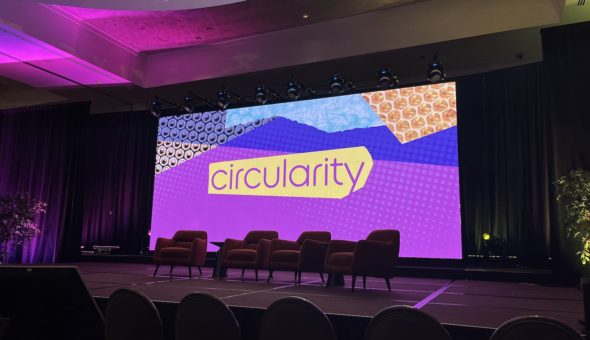Oli Weber (Cohort '13) and Dan Davies (Cohort '14) recently attended the Boston MRS Fall Meeting 2016. This post was jointly written about their experience.
The CSCT was well represented at the Boston MRS Fall Meeting 2016, with myself, Dan Davies, Jemma Rowlandson (previously Cohort ’13, now University of Bristol) and alumnus Dr Adam Jackson (Cohort ’11, now UCL) in attendance. A major international conference can be an overwhelming experience, especially when it spans, conceptually, the whole of materials science and physically, an entire conference venue and the hotel next door. Much of the week was spent dashing between seminar rooms, trying simultaneously to catch the best talks while working off the effects of overlarge food portion sizes.
I embodied an academic stereotype by writing my presentation on the flight on the way to the conference, having being told at the last minute that my poster abstract could be swapped for a talk. I gave my talk on the first day of the conference in symposium ES3: Perovskite Solar Cell Research from Material Properties to Photovoltaic Function. I spent a fair amount of time in the perovskite session, hearing numerous exciting results, though many of my personal conference highlights came from wandering into seminar rooms with tangential or non-existent links to my own research. I heard Shreyas Shah from Bell Labs speak on interfacing nanomaterials with neural stem cells for neural regeneration, by combining visible light-responsive ion channels and upconversion nanoparticles to transform infrared light transmitted through biological tissue into blue luminescence to achieve optogenetic control of neuronal activity.

There were many other great talks, including Yi Cui from Stanford, on thin film silicon photovoltaics, Dan Nocera from Harvard, on complete artificial photosynthetic systems and Yuval Goren on the conservation of clay cuneiform tablets in the Negev desert, which are the oldest written records and provide the only external account of the Trojan war.
Meanwhile, Dan presented a poster in the TC2 symposium on high throughput screening of inorganic materials. The poster sessions at the MRS meetings are always very well attended and quite intense – it can feel like giving a two-hour oral presentation! The work went down pretty well though and it was a great opportunity to discuss it with so many researchers with such a broad variety of interests and backgrounds.

Other than that, Dan spent most of his time in the TC1 and TC2 symposia on computational materials chemistry and materials discovery guided by computation. The work presented in TC2 by curators of the Materials Project, Gerbrand Ceder and Kristin Persson, was particularly interesting as a demonstration of the high-throughput calculations that are now possible with modern supercomputers. On the flip side, the TC1 symposium had some really interesting sessions on machine learning, where it was shown how data-mining and statistical analysis techniques are now being used to predict new materials, thereby avoiding costly quantum mechanical calculations altogether. Anubhav Jain from Lawrence Berkeley National Lab presented some new codes he had developed in order to aid materials scientists who are interested in applying data-mining techniques.
The conference also had some excellent sessions on the ‘Broader Impact’ of materials research. For example, the symposium BI1: Today’s Teaching and Learning in Materials Science – Challenges and Advances, featured some very impressive educational studies on the best approaches for teaching undergraduates and graduates materials science topics. These sessions were ideal for picking up transferable knowledge and tips that could be applied in teaching roles as well as in public engagement activities.

Oli is studying towards his PhD on 'Optimizing energy harvesting processes in metal halide photovoltaics' with Professor Mark Weller and Professor Chris Bowen.
Dan is currently working on his PhD project: 'Interface engineering for indium-free transparent electronics' with Professor Aron Walsh, Dr Duncan Allsopp and Dr Ben Morgan.
Respond


